National Theatre Live Hamlet 15 October 2015
Because Lord knows the world needs another Hamlet review.
Hamlet is my favourite play. In fact, my completely uncontroversial opinion is that Hamlet is the best play ever written. I love it so much that I tried to write my dissertation on it – only to discover after a couple of months that everything worth saying about it had already been said. So thanks to National Theatre and Benedict Cumberbatch for finally giving me something to say.
- Alright this first one isn’t anything new – Cumberbatch is a wonderful Hamlet. His portrayal is youthful, nervous, funny, clever, silly and arrogant. The delivery is pitch perfect and from his lips the language is fresh, modern and natural. Cumberbatch captures the duality of Hamlet; a young man full of drive and passion; who is also paralysed by fear and indecision, and alienates the people who love him. He dominates the stage every second he’s on it, but without dominating his co-stars. The toy soldier scene is a total joy. If I had one teeny criticism it would be that some of Cumberbatch’s natural niceness comes through in the performance which doesn’t feel right for Hamlet. A man who dismisses the murders of his best friends as “not near my conscience” and then appropriates the grief after he pushes his girlfriend to suicide: Hamlet is many things, but he’s not nice.
- The set is sensational. It’s been lauded by pretty much everyone who’s written about this production and for very good reason. It looks stunning and also works very hard as a method of delivery for the story. Although I pity the poor buggers in the crew who have to clean the set at the end every night.
- There are some sensational cast members. Obviously Cumberbatch and then for me Karl Johnson, Ciaran Hinds, Anastasia Hille, Jim Norton and Matthew Steer are perfect. Expressions, tone, delivery, everything is spot on. Ciaran Hinds as Claudius is breathtakingly good and the Gravedigger is just ace.
- Conversely there are some performances that just didn’t work for me. Laertes came across as, for want of a better word, shouty. My friend Ali described his performance as ‘bug-eyed’. Horatio seems to be wearing someone else’s teeth towards the end, some of his delivery seems at odds with the words and he mangles one of the most beautiful lines ever written. The part I really couldn’t get on with though is Ophelia; a manic-pixie-dream-girl performance which owes everything to Zooey Deschanel, characterised by bad posture, hand wringings, facial tics and sniffs. I actually liked her much more as she edged into madness.
Now cracks a noble heart. Good night sweet prince: And flights of angels sing thee to thy rest!
- Ophelia’s death was beautiful. A wonderfully symbolic and elegant scene where Ophelia quite literally goes into the light. The staging of this, and Getrude’s reaction to the contents of the suitcase, are so nicely done that the whole thing is deeply moving.
- Watching Hamlet is always like listening to a greatest hits album. You spend the whole thing going; ‘Oh God, I love this scene’, ‘This is a great line’, ‘I’d forgotten how amazing this speech is’. It’s a strange watching experience when, as Melvyn Bragg puts it, the audience can chant along with the speeches. I’ve done a production of The Importance of Being Earnest with an audience of 100 people all knowing the words; God only knows what it’s like when half the country is mouthing ‘To be or not to be’ along with you. Yet in spite of all the weight of expectation this is a production that feels fresh and new.
- In the last couple of days I’ve read two reviews of Hamlet which are negative about NT Live broadcasts. One argued that plays should only be seen live and that cinema broadcasts cheapen theatre. The other made some very valid points about cinema broadcasts affecting live touring companies. I feel quite happy to dismiss the first one as pure snobbery. Bully for you if you can afford tickets and get to London – of course it’s better to go to the theatre, but if you can’t then NT Live is a brilliant way of accessing it and being part of an international audience experience. And let’s face it, the revenues from NT Live events are probably ensuring these big ticket productions are able to take place at all. And while it would be nice to think that without NT Live Mr Cumberbatch would be hauling his lovely bones around the provinces, it just wouldn’t happen. For most of us it’s NT Live or nothing – it’s a brilliant opportunity for people across the world to enjoy great theatre and amazing performances. And that’s really the point isn’t it?
The play’s the thing.
Note: According to NT Live the international cinema audience for Hamlet was 225,000 in 25 countries.








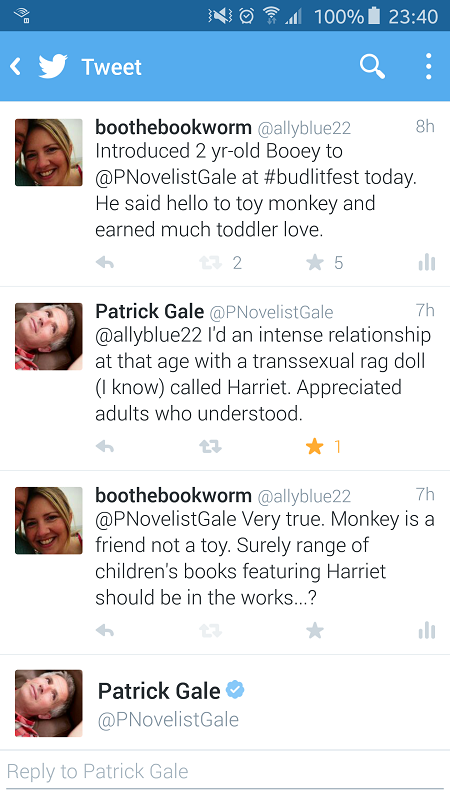
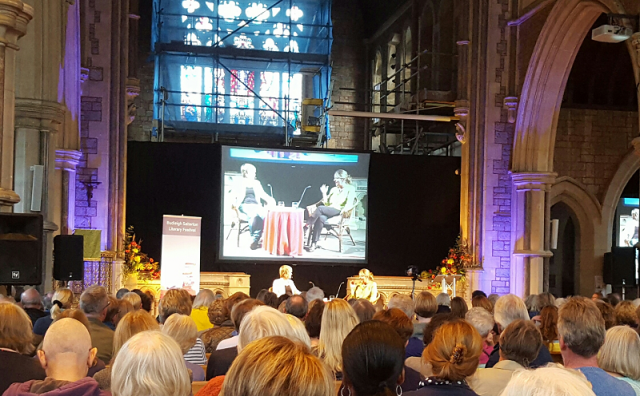




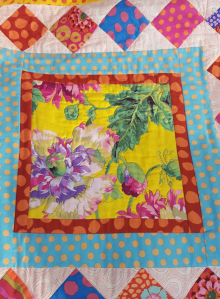
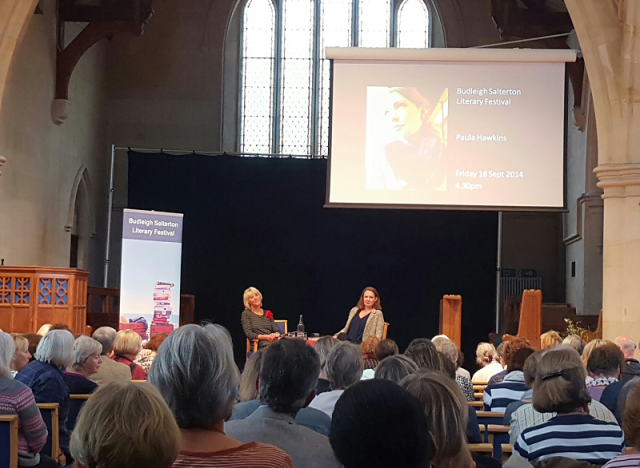








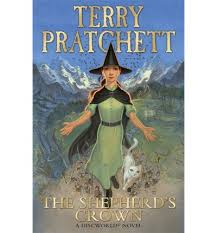
 to Outlander.
to Outlander.


